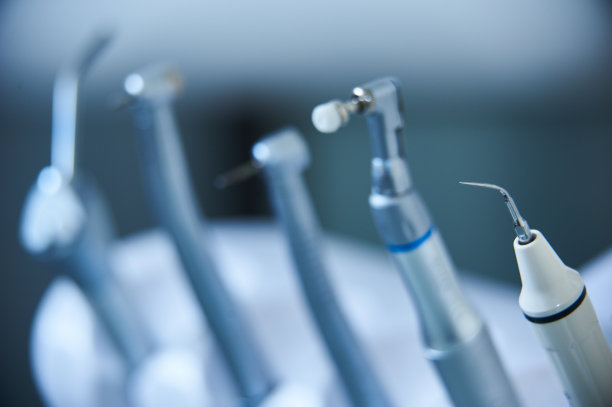The Essential Guide to Extracting a Tooth and Ensuring Smooth Recovery for a Healthy Smile
Summary: Extracting a tooth can be a daunting experience, but with the right guidance, it can lead to a smooth recovery and a healthier smile. This article serves as a comprehensive guide detailing the essential steps to successfully manage tooth extraction and recovery. We will discuss the importance of understanding the reasons for extraction, choosing the right dental professional, proper post-extraction care, and recognizing signs of complications. By following these guidelines, patients can navigate the extraction process with confidence and ensure a swift return to optimal oral health.
1. Understanding the Need for Tooth Extraction

Tooth extraction may become necessary for several reasons, including severe decay, overcrowding, or disease. Understanding these factors is essential for making informed decisions about oral health. Dental professionals often recommend extraction when a tooth is beyond repair and poses risks to surrounding teeth and general health.
In cases of overcrowding, such as before orthodontic treatment, extracting specific teeth may create the necessary space for proper alignment. In other instances, wisdom teeth, which often erupt during late adolescence, may need to be removed to prevent pain and misalignment. A clearer understanding of these reasons can alleviate concerns and pave the way for necessary procedures.
It’s crucial for patients to consult with their dentist to discuss symptoms and evaluate the need for extraction. Open communication enables individuals to weigh their options and choose the best course of action for their dental health.
2. Selecting the Right Dental Professional
Choosing the right dental professional for tooth extraction is pivotal to ensuring a smooth experience. General dentists can perform extractions, but those with advanced training in oral surgery may provide a higher level of expertise, particularly for complex cases like impacted teeth.
Researching qualifications, experience, and patient reviews can guide individuals towards selecting the most suitable dental professional. Many patients find comfort in seeking referrals from friends or family members or exploring online platforms to read about others’ experiences.
Moreover, during the consultation, patients should not hesitate to ask questions about the procedure, anesthesia options, and post-operative care. A knowledgeable and caring dentist can significantly reduce anxiety and contribute to a more positive extraction experience.
3. Post-Extraction Care Tips for Recovery
Post-extraction care plays a vital role in promoting healing and preventing complications. Immediately after the procedure, patients are advised to rest and keep their head elevated to minimize swelling. Ice packs applied to the facial area can help reduce discomfort and inflammation in the initial 24 hours.
Diet restrictions are also crucial. Soft foods and liquids are recommended for the first few days, which allows the extraction site to heal without irritation. It’s essential to avoid hot, spicy, or crunchy foods that can disrupt the healing process. Staying hydrated and maintaining nutrition during recovery is important.
Additionally, following the dentist’s instructions on oral hygiene during recovery is critical. Gentle rinsing with warm salt water can help keep the extraction site clean, but patients should avoid vigorous rinsing to prevent dislodging any blood clots. Adhering to these care tips can significantly improve recovery time.
4. Recognizing Signs of Complications
While complications are rare, being aware of the signs can ensure timely intervention. Symptoms such as persistent pain, excessive bleeding, or swelling that worsens over time should prompt immediate contact with a dentist. Early detection of issues like dry socket—when a blood clot fails to form or is dislodged—can prevent prolonged discomfort.
Fever or severe inflammation around the extraction site may signal an infection, requiring prompt dental care. Patients should also pay attention to any unusual tastes or discharge from the extraction area, as these can be signs of complications.
Regular follow-ups with the dentist can also ensure that the healing process is progressing as expected. Keeping an open line of communication can go a long way in averting more serious problems down the line.
Summary:
In conclusion, understanding the reasons for tooth extraction, selecting a capable dental professional, adhering to post-operative care, and being aware of potential complications are paramount for a healthy recovery. By following the guidelines outlined in this article, patients can ensure not only a successful extraction but also a quick and smooth return to good dental health.
This article is compiled by Vickong Dental and the content is for reference only.


